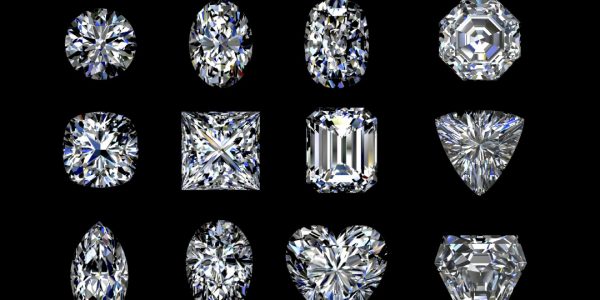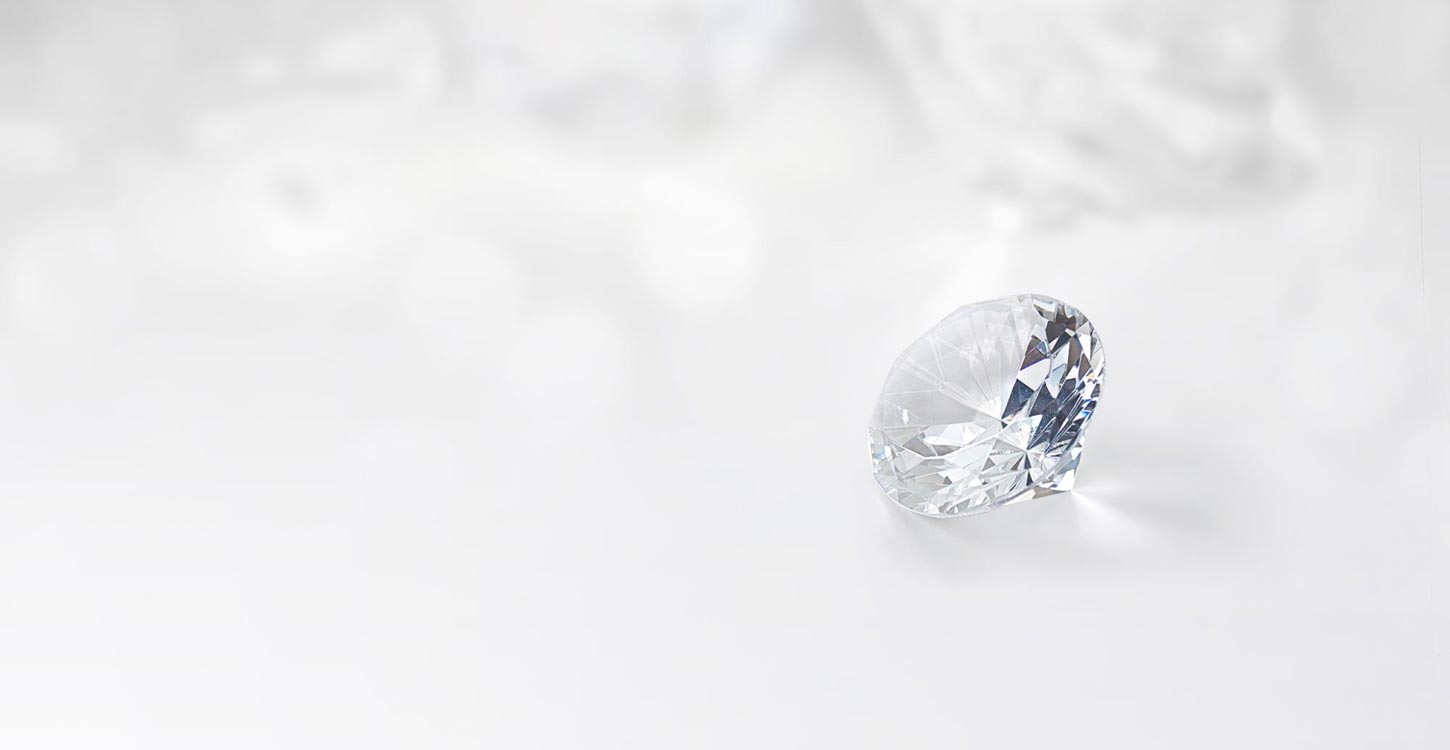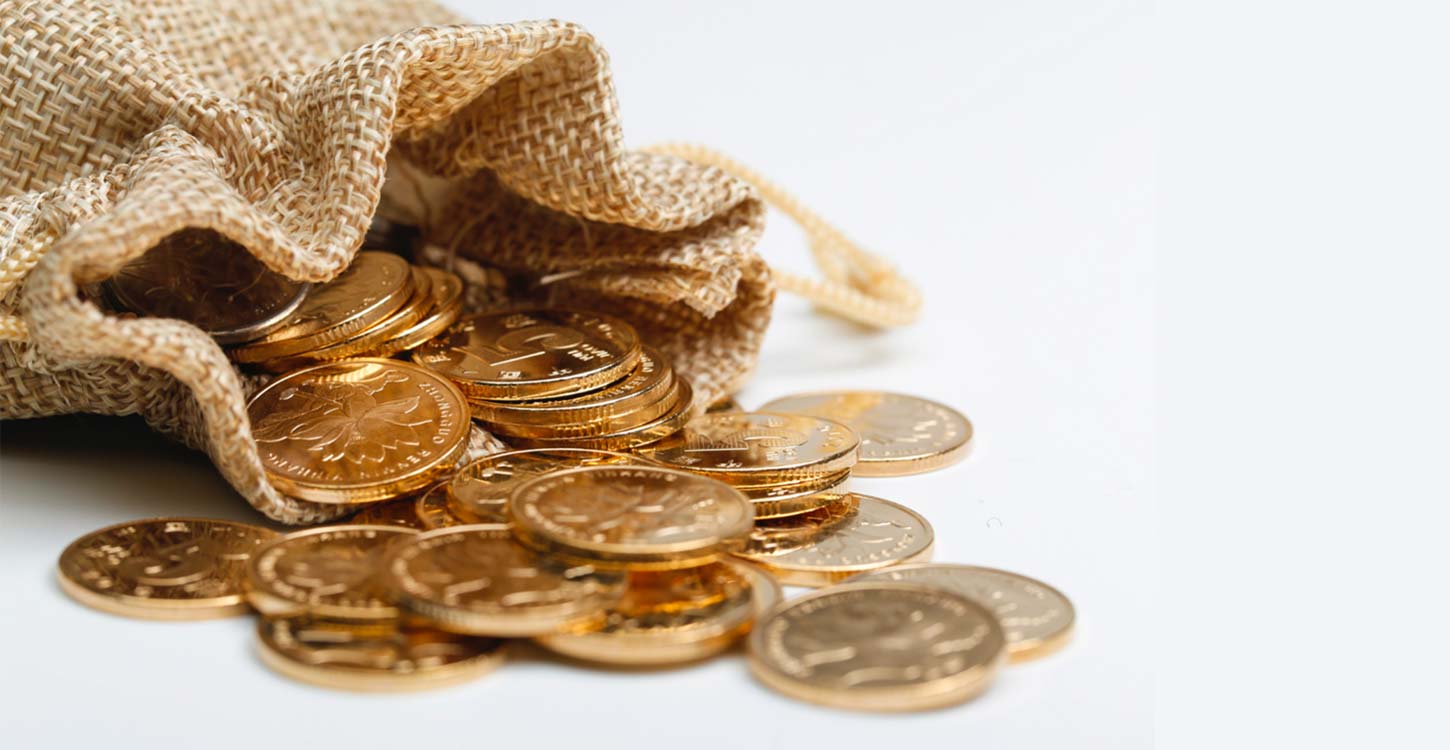Just in time for the holidays. If you are looking for a gift for that special someone and as an alternative investment, then understanding grading variables known as the “Four Cs” is the foundation of sound diamond investing, explains expert jeweller Lewis Malka.
Knowing that buying an engagement ring is likely to be the third highest single purchase most people make, behind a car and a home. Likewise as an alternative investment, it’s crucial we understand the “Four Cs” of diamond grading before deciding which stone to invest in.
Diamond Trading on the Stock Market? Think Again.
Understanding the Four Cs is the first step to understanding diamonds. It is however not the complete picture.
Have you ever tried to buy diamonds on the stock market? Well you can’t. Have you noticed that you can buy anything else, such as gold, orange juice and even a football club, but you can’t buy diamonds. There is a reason for this and I’m going to share it with you.
You see it’s estimated that there are around 16,000 different varieties of diamonds based on their shapes, sizes and characteristics, and it would be impossible to keep a live market on all of these. Plus the fact that a “vs2” on one diamond will look completely different from a “vs2” on another diamond, depending on where the inclusion is located.
What are the Four Cs?
The Four Cs are broken down as follows: the carat, colour, clarity and cut of the stone.
1. The First ‘C’: Cut

This is probably the most important, and most challenging, of the Four Cs to understand. In the first instance, it can refer to the shape of the diamond you desire, however, the brilliance of a diamond depends heavily on its cut. You don’t want a stone that’s either too shallow or to deep. You need to ensure the proportions are correct and this is often stated in the diamond report.
2. The Second ‘C’: Clarity

Most diamonds contain some inner flaws, or inclusions, that occur during the formation process. The visibility, number and size of these inclusions determine what is called the clarity of a diamond. Diamonds that are clear create more brilliance, and thus are more highly prized, and priced.
As a guide, most people will have inclusions in their diamond, however it’s the size of the infusions which matter. Any diamond which is graded as “vs” shouldn’t have any illusions which the naked eye can see. A VS2 or SI1 is a good starting point for “eye clean” clarity.
3. The Third ‘C’: Colour

Colourless diamonds are traditionally considered the most desirable since they allow the most refraction of light (sparkle). Off-white diamonds absorb light, inhibiting brilliance. I tend to recommend you go for a colour grade between F and G; however, the price difference can be considerable between colours. Make sure you can see the difference.
4. The Fourth ‘C’: Carat

A carat is the unit of weight by which a diamond is measured. Because large diamonds are found less commonly than small diamonds, the price of a diamond rises per carat the bigger you go. For example, a one carat diamond could be £5,000 per carat, but the same quality two carat diamond will most certainly be more than £10,000 per carat. The bigger the stone, the rarer it is, and the more expensive per carat the diamond is.
Last but not least…
You should always buy a diamond with a certificate and preferably from someone who is a member of the London Diamond Bourse.
findaWEALTHMANAGER.com is an independent service designed to help clients navigate the opaque world of finance and wealth planning. Our team of experts have a combined 70 years of knowledge can help you find the right professionals to discuss alternative investments and other specific requirements. Book a call with our team for an independent, no obligation chat HERE or try our smart online tool to see which firms match your profile HERE.





